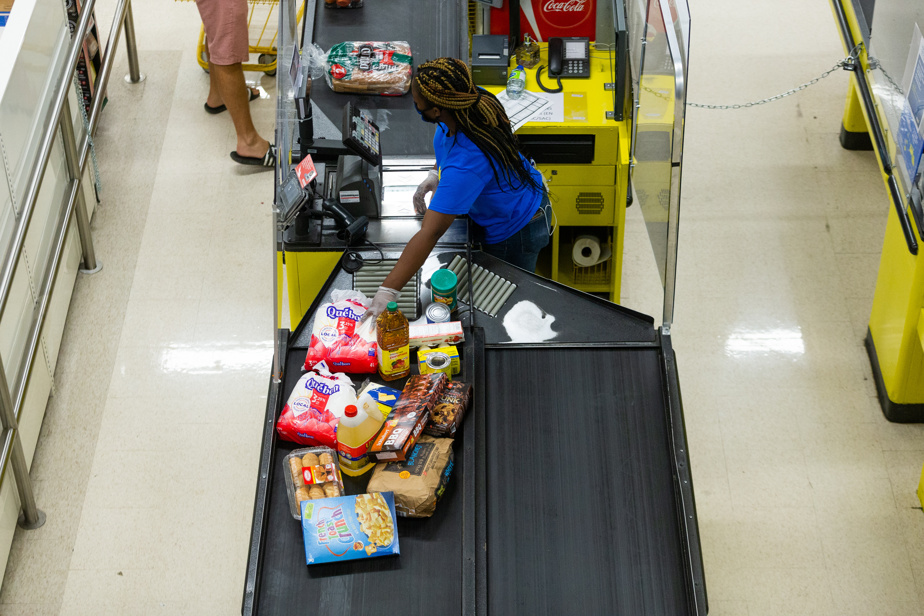(Toronto) Last year, the gap between the highest and lowest income groups reached its widest level since 2015, with wealthier households seeing their incomes grow much faster than other Canadians.
Rising interest rates are pushing middle- and lower-income households to spend more conservatively, meaning consumer spending by higher earners will play a critical role in sustaining the economy as a whole.
While household net worth rebounded to 4.5% last year, following a 6.5% decline in 2022, the gains were not distributed evenly across income levels, the report said.
“Higher-income households enjoyed a greater advantage due to their greater financial assets, which were the main drivers of wealth last year,” concluded Maria Solovieva, economist at TD Bank, in her report.
Household income in the top category averaged $197,909 in 2023, up 6% from the previous year. Meanwhile, middle- and low-income households have experienced stagnant growth or worse, decline.
The report shows that low-income households gained 0.3%, for an average of $31,518, while middle-income households saw a decline of 0.3% ($59,178). last year.
The decline in housing assets affected middle- and low-income households as mortgage debts increased. Middle-income households have taken on more debt than before the pandemic, as mortgage renewals and debt servicing costs have increased amid high interest rates.
As a result, middle- and low-income households are reducing their discretionary spending (furniture, household equipment and recreational activities). The reductions were significant among low-income households, the report suggests.
Inflation, for its part, has pushed these households to dip into their savings to make ends meet, which has had direct consequences on future spending, as these families will have fewer resources to turn to, according to the report.
According to the study’s findings, low-income groups will continue to lack resources in the years to come and will be forced to make tougher economic choices, slowing their spending back to historical averages.
Spending by the high-income group, meanwhile, will keep the economy moving, while continuing to maintain their purchasing power.
